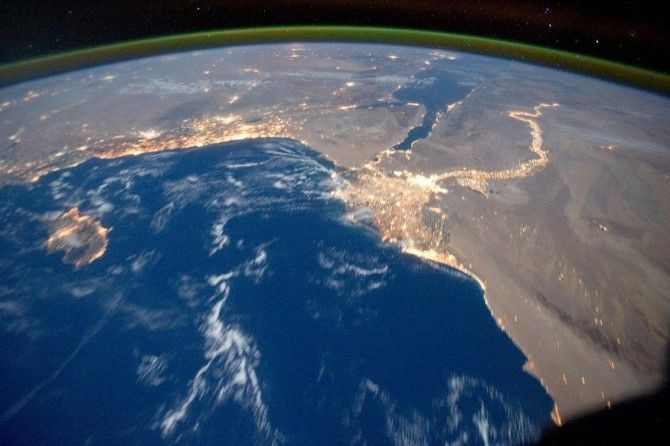How To Save The World: 6-Point Climate Change Plan Laid Out By Scientists, Policymakers

President Donald Trump pulled the U.S. out of the Paris Climate Agreement, but that doesn’t mean the Earth is doomed. Scientists and policymakers laid out a plan in the journal Nature listing six ways humans could help save the planet in three years.
In the past three years, carbon dioxide emissions from fossil fuels worldwide have flattened after increasing for decades, suggesting certain actions taken to curb pollution have worked.
Read: Climate Change News: Ice Area The Size of Texas Melts In Antarctica
The authors pointed out that although Trump announced the U.S. withdrawal from the Paris Agreement, it won’t be able to do so until November 2020. If global emissions rise beyond 2020 or remain level, the Paris temperature goal will be hard to reach, which is why the authors launched Mission 2020, a campaign that will work toward reducing greenhouse gas emissions by that year.
The one-degree Celsius warming driven by human activity has impacted ice sheets in Greenland and Antarctica while sea ice disappears in the Arctic and coral reefs suffer from heat stress. There have also been heatwaves and droughts because of climate change.
However, scientists say there are ways to meet the Paris temperature goals if emissions start to decrease by 2020. The authors are optimistic, noting U.S. emissions went down by 3 percent in 2016 while gross domestic product rose. Researchers also pointed out that wind and solar power in the EU made up more than three-quarters of new energy capacity installed.
Referencing those positive notes, the scientists and policymakers revealed six milestones that could reduce global carbon emissions.
Energy
Renewable energy sources, like solar and wind power, would need to make up at least 30 percent of the world’s electricity, up from 23.7 percent in 2015. Furthermore, no more coal-fired power plants should be approved by 2020, and all the existing one should be retired, the paper said.
Infrastructure
Cities and states will have to decarbonize buildings and infrastructure fully by 2050. This goal wouldn’t be impossible since many governors and mayors nationwide have pledged to uphold the Paris accord despite Trump's decision.
Read: Coral Reefs And Climate Change Facts: Massive Bleaching Event May Be Coming To An End
Transportation
To lower global emissions, electric vehicles will have to make up at least 15 percent of new car sales worldwide, a spike from today’s 1 percent market share of battery-powered and plug-in hybrid vehicles sold. Use of mass transportation will also have to double in cities, and there must be a 20 percent increase in fuel efficiency for heavy-duty vehicles and a 20 percent decrease in greenhouse-gas emissions from aviation per kilometer traveled.
Land
Land-use policies will have to be changed to reduce deforestation since current net emission from forest destruction and land use changes make up about 12 percent of the global total.
Industry
Industries including iron, steel, cement, chemicals, oil and gas emit more than a fifth of global carbon dioxide. Heavy industries will need to develop and publish plans to cut emissions in half before 2050.
Finance
Governments, private banks and lenders, like the World Bank, will need to hand out more “green bonds” to fund climate initiatives.
“These goals may be idealistic at best, unrealistic at worst,” former U.N. climate negotiator Christiana Figueres and her colleagues said in the paper. “However, we are in the age of exponential transformation and think that such a focus will unleash ingenuity.”
Mission 2020 scientists called on leaders who will get together at the Group of 20 summit next week in Hamburg, Germany, to focus on global warming.
“There will always be those who hide their heads in the sand and ignore the global risks of climate change,” the authors said. “But there are many more of us committed to overcoming this inertia. Let us stay optimistic and act boldly together.”
© Copyright IBTimes 2024. All rights reserved.





















